When I got my hands on Martin Lindstrom’s Small Data: The Tiny Clues that Uncover Huge, it was unputdownable. In the world where big data is religiously worshiped and employed by every Marketer, his book was a breath of fresh air.
What piqued my interest was how small data was being used to not only save companies like Lego from bankruptcy but also to trigger the creation of some of the biggest innovations like Post-It and Snapchat.
However, despite its obvious primacy, Lindstrom stated, “The issue here is that as we become so obsessed with Big Data we forget about the creativity. You have to remember that Big Data is all about analyzing the past, but it has nothing to do with the future.”
This got me wondering if certain industries and/or businesses are still myopic when it comes to small data. If our obsession with big data is doing more harm than good. If our ultimate success lies in understanding the reason (small data) rather than just the correlation (big data).
With my Sherlock Cap on and curiosity at its peak, I became obsessed with decoding the usage of Small Data in the context of a particular industry. When Deloitte predicted that the hospitality industry will face a ‘major challenge in sustaining growth due to online private accommodation aggregators (like Airbnb)’ despite a healthy growth in 2017 (estimated 4.3% gain in revenues), I knew I had a protagonist. After all, the only way to triumph in this service industry is to know the customer inside-out.
In this blog, I’ll address why and how the small data can be used to change the face of the hotel industry. But before that, let’s delve into what Small Data is.
Definition of Small Data


Allow me to break down these definitions for better comprehension:
- Small Data is a meaningful data set with specific attributes
- It is about people and their needs
- It is easily derived either by simplifying big data or (and) from internal/local sources
- It is (visually) structured and packaged in an organized format which makes it accessible and understandable
- It is actionable and can be employed for everyday tasks
Besides definitions, another way to understand Small Data is by comparing it with Big Data. Here’s an all-in-one Big Data vs Small Data table for you:
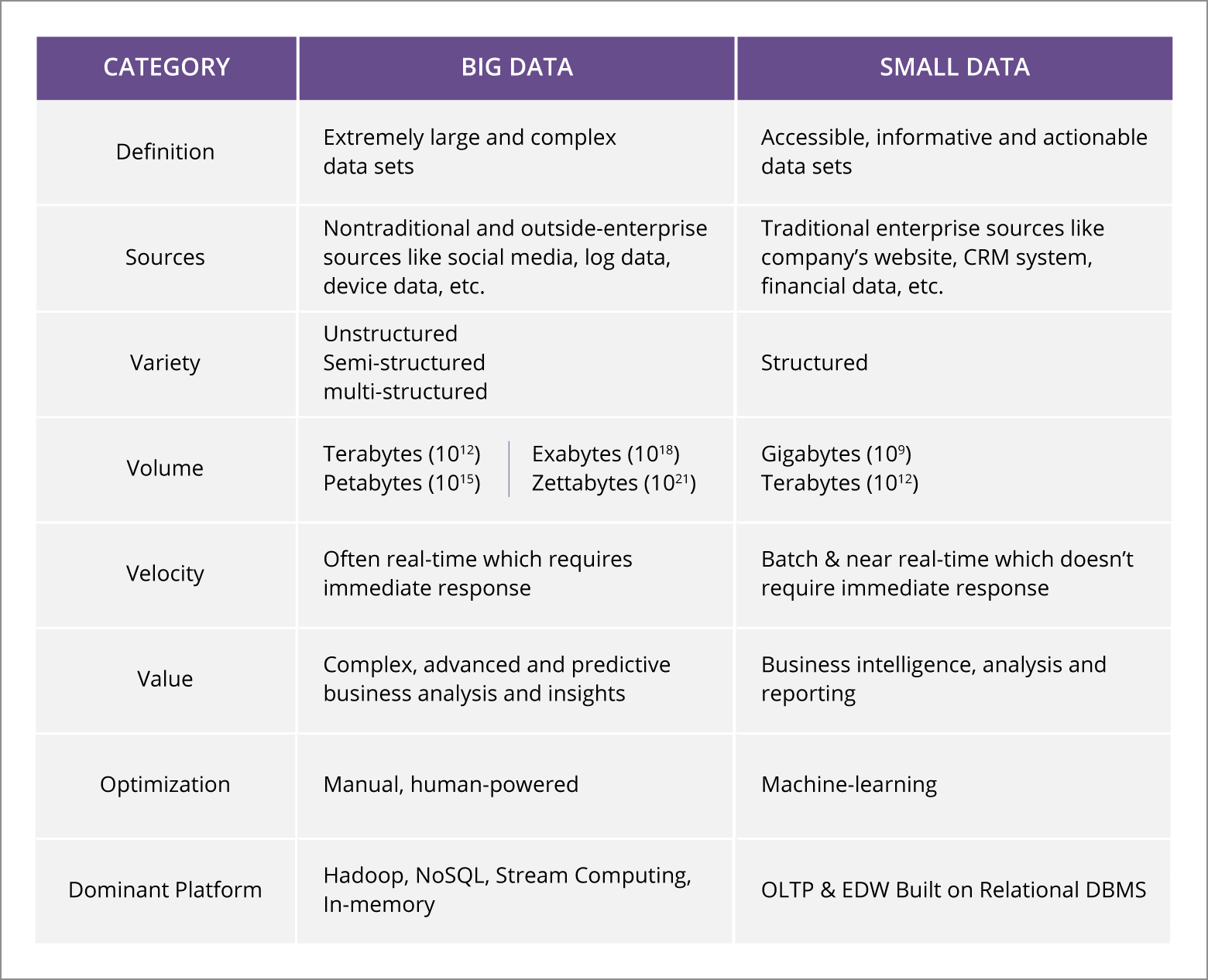
Source: Datafloq; SlideShare; IBM Big Data & Analytics Hub
Hopefully, Small Data is your new favorite like it is mine. With that, let’s proceed to understand why it should be the new favorite for the hospitality industry as well.
Why do hotels need Small Data
During the the Skift Global Forum 2016, Chip Conley (Strategic Advisor for Hospitality and Leadership, Airbnb) said, “(Data science) is a huge differentiator in the long term: personalization and customization.” He further added, “We need to get really smart around data science. It helps us personalize choices.”
Like any other sector, the hospitality industry is undergoing a massive change. As covered in my previous blog, How to Improve Customer Retention in Hotel Industry with Marketing Automation, the hospitality sector is facing neck-to-neck competition due to an increase in the plethora of non-traditional hotel brands like Airbnb. In addition to this, hotel guest expectations are also changing at the speed of light. As a result of this, a drop in customer loyalty and increase in buyer’s remorse is being experienced in this industry. And this has ultimately resulted in a decreasing revenue per room.
BUT with the help of Small Data, a hotel can tackle all the problems in the following way:
- Since small data is structured and actionable, the hotel can make swift operational and managerial decisions instead of spend time on understanding the data set first.
For instance: data on current occupancy rate can be used to organize the floor duties of the housekeeping staff for a day/week. - The real-time feature of small data allows the hotel to discover, analyze and keep up with behavior and preferences of a hotel guest.This information can be utilized to tailor his/her services and predict the potential problems and/or queries.
For instance: If a new hotel guest used the airport pickup service at the time of arrival or a regular guest have used the same service during his/her previous stay, the hotel can make necessary arrangements beforehand and/or offer the service at an attractive discount. - Unlike big data which is general in nature, small data is individual-focused. This makes it a great tool for hotels as humanizing the hotel experience lies at the very core of this industry. Besides, this holds the potential to take an end-use marketing campaign to the next level;
For instance: a hotel can use the individual guest information to practice dynamic pricing for better conversion as well as retention. Moreover, the data can also be used to implement triggered marketing campaign for a specific attribute. - Due to the evolving expectations and growing need for personalized products and services, customers are more than willing to reveal information about their demography, preferences, etc. This has resulted in rich Personal Data Stores that is nothing but small data;
For instance: with preferential and behavioral data available on an inactive premium member, the hotel can design a marketing campaign to reactivate his/her membership by offering tailored services. - Small data forms the solid foundation for personalization. With well-organized insights on hotel guests, it can be used to not only customize the marketing communication but also their stay;
For instance: a hotel can send hyper-personalized (and triggered) messages to its guest before their arrival at the premise for improved engagement and trust-building. - The best thing about small data is that it is cost-effective and easy to employ. Big data requires sophisticated tools along with data scientists and analysts to comprehend the information. On the contrary, small data is packaged in such a way that it could be understood even by anybody.
For instance: the hotel staff can use the nicely packaged and represented small data to serve the guests and increase customer satisfaction; - By streamlining and processing small data with the help of a marketing cloud, the hotel can empower its marketing managers and staff to understand the hotel guests better and provide the best services to them.
For instance: the front desk personnel can use the hotel guest profile (created by the marketing cloud) to initiate the seamless onboarding process.
Are you still there? Great!
Now let’s move on to the next phase i.e. the classic How-to.
As just explained, small data holds the key to solve many marketing problems. And up-selling is one of them. In this blog, I’ll cover how hotels can use small data to upsell through a personalized marketing campaign.
How can Hotels use Small Data to personalize the communication to upsell like-a-Boss
Use Case: Send customized premium membership to frequent guests who have visited the hotel at least 3 times in the last 6 months.
Step 1: Identify the sources of small data
First and foremost, identify various sources from where you can collect data. Snapshot did an incredible job in illustrating the sources of hotel small data in the following infographic:
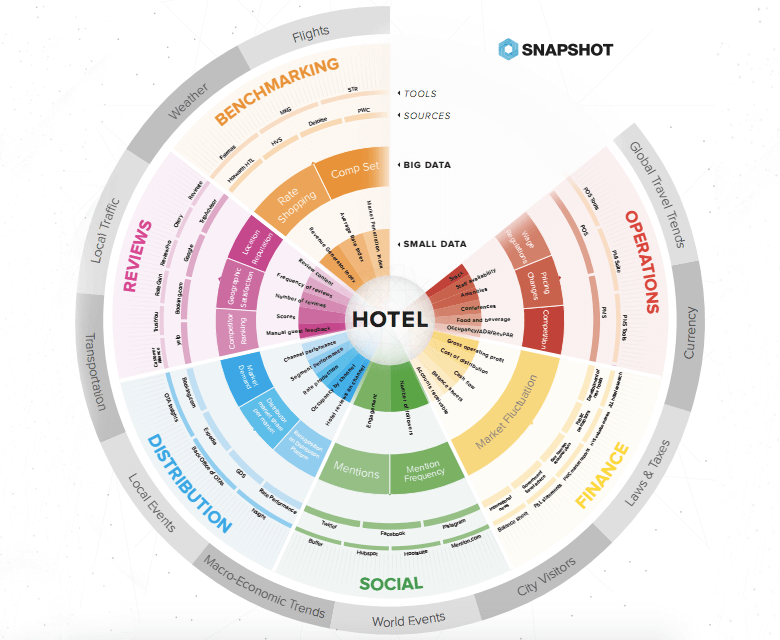
Source: Snapshot
Some of the commonly used local sources of small data are:
- Hotel website and/or mobile app
- Property Management System (PMS)
- Revenue Management System (RMS)
- Central Reservation System (CRS)
- Customer Relationship Management (CRM) System
- Online Travel Agencies (OTAs)
- Email Service Provider (ESP)
- Point Of Sale (POS)
- In-Room Services
- Other hotel services like spa, restaurant, etc.
- Social Media Analytics like Facebook Insights, Twitter Analytics, Instagram Insights, etc.
- Google Analytics
Step 2: Process data with a marketing cloud
Now it’s time to collate all the data on a marketing cloud like WebEngage. Integrate the software with your website, mobile app, PMS and other third-party platforms via SDKs and APIs to start tracking the hotel guests and their online as well as offline behavior.
Once you have all the data in place, the marketing cloud will structure and categorize the data in on the basis of geography, demography, psychography, behavioral etc. For instance: these attributes can be identified during the process:
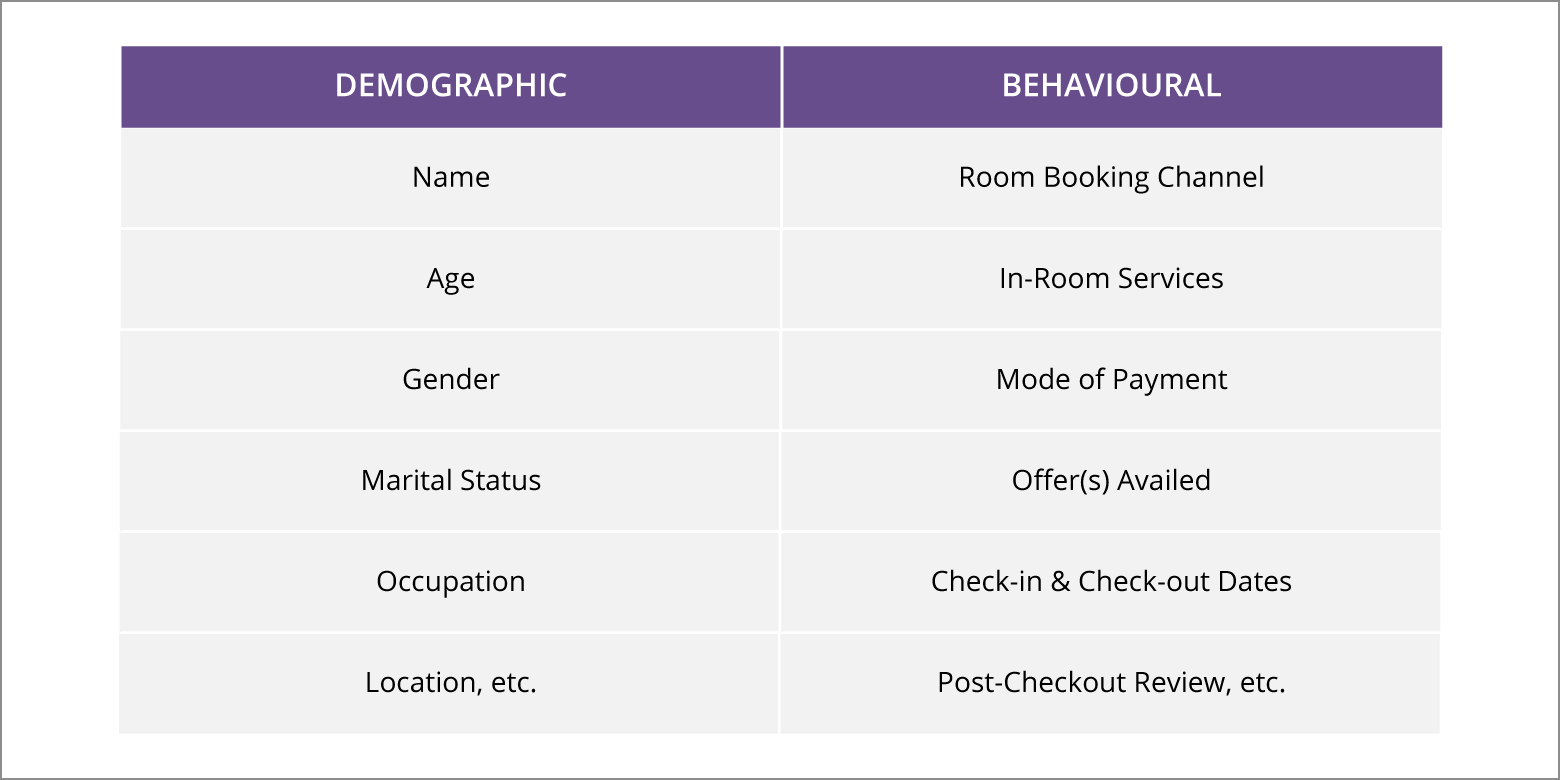
All these attributes will be used to create Segments that will weave a bigger picture about the guests and their behavior.
If we create a segment for the above-mentioned use-case, it would look like this. You will also get an approximate number of guests/users who fall under this segment.
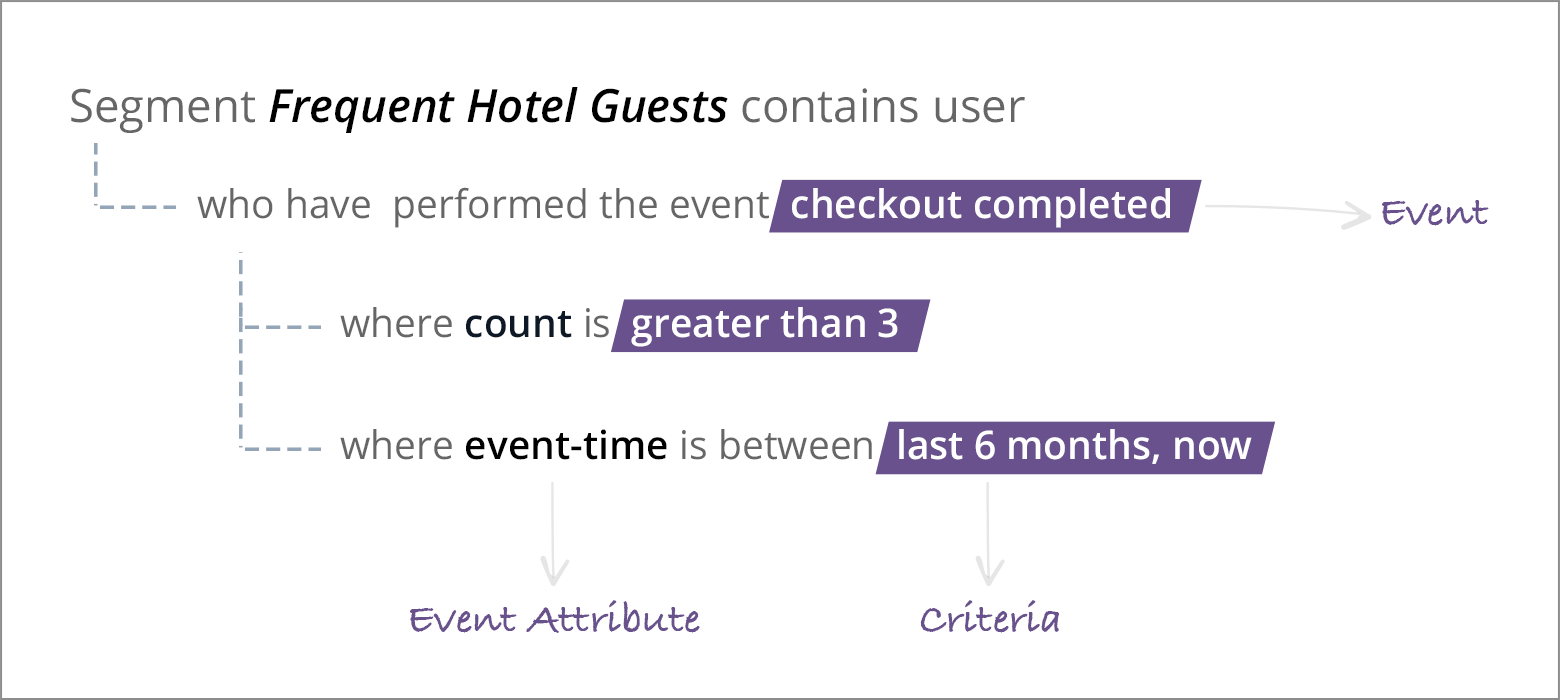
Step 3: Identify a marketing objective(s)
Based on your segment analysis, identify an objective(s) which will drive your marketing campaign.
For the use-case, the objective will be to ‘increase number of premium members by x%’.
Step 4: Create the marketing campaign collateral(s)
With everything in place, it’s now time to design and activate the marketing collateral(s). To successfully launch the collateral, address the following questions:
How to send?
Based on the available contact details of the hotel guests like email id and/or mobile number, select a communication channel that will be used for the outreach. Although, it is highly recommended to use multiple channels for high engagement rate. You can also categorize these channels as primary and secondary (to be used if and when the primary channel fails).
Let’s select Email as the primary channel and SMS as the secondary channel for this use-case.
What to send?
Create a catchy, concise and informative content to increase the click-through-rate of collateral.
For the Email, generate a captivating subject line along with the crisp content of the email body. You can also hyper-personalize the content with the help of (above-mentioned) attributes like first name, check-in and check-out date, etc. to convert a generic marketing pitch to a customized proposed. For example:
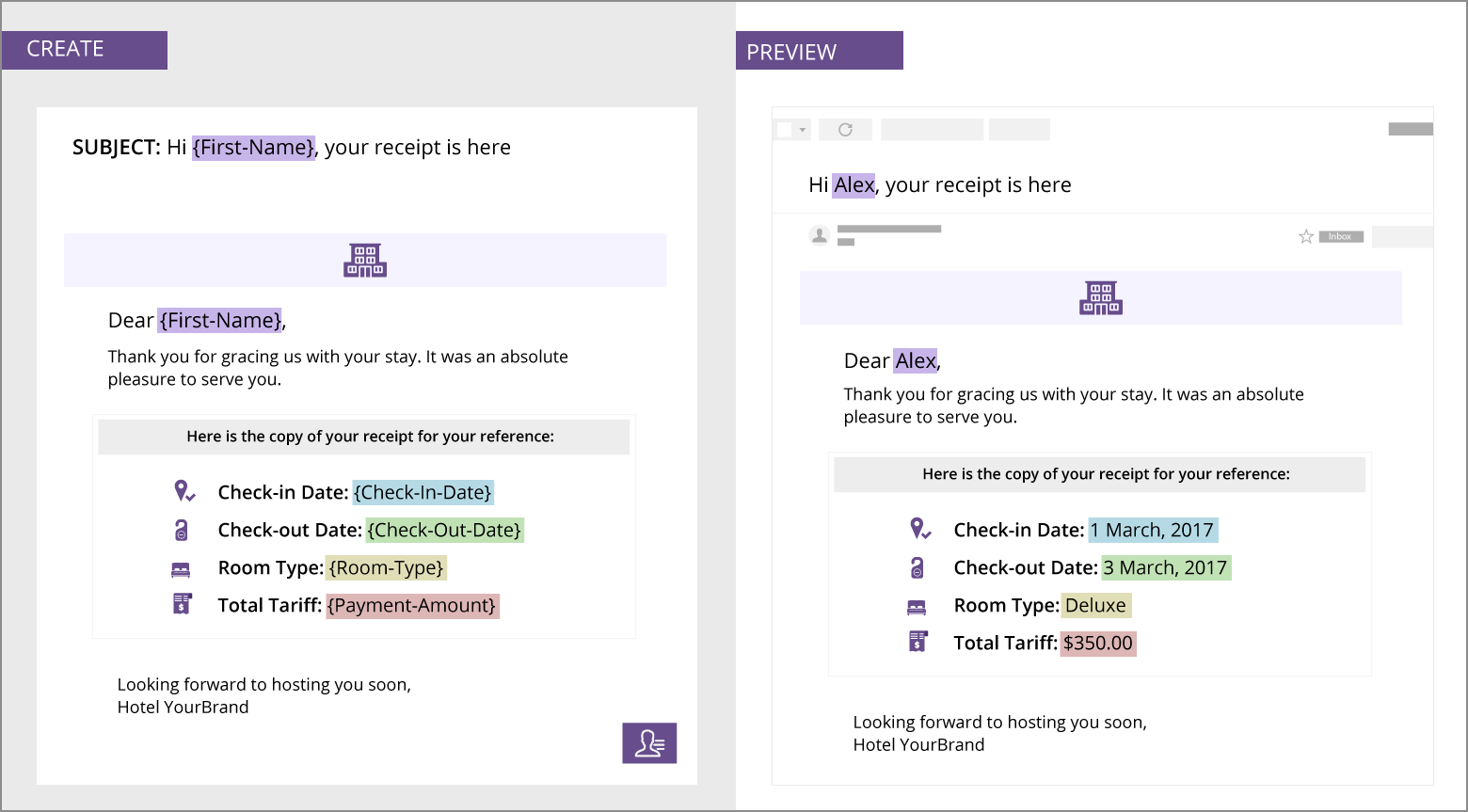
Similarly, you can personalize the content for the SMS for better engagement and CTR.
In addition to personalization, you can also A/B Test the messages on the basis of context (discounting vs additional services), content (first name vs Mr/Ms/Mrs last name), length (small vs long), timing (immediate communication vs triggered communication scheduled on pre-defined time interval), user interface (green CTA vs orange CTA), etc.
Whom to send?
As discussed earlier, send the collateral to a segment whose conversion will result in meeting the marketing campaign goals.
For the use-case, the target audience is Frequent Hotel Guests who have successfully checked out from the premises for more than 3 times in the last 6 months. As this segment is dynamic in nature, it is also called a Rolling Window Segment. In simple words, a user (in this case, hotel guest) would enter and exit the segment in real-time whenever the user satisfies the time-based criteria for the segment. Even the count of users who are part of the segment would change in real time.
When to send?
Select a particular time (example: date and time) at which you want to send the collateral or schedule it for a time period. You can make a one-time or a recurring communication. Moreover, you can send it on Triggers which are as follows:
- Event: when a user performs an event like add to cart, checkout complete, search for a product, add to wishlist, etc.
- Segment: when a user enters or exits a predefined segment eg Frequent Hotel Guests.
- Geo-fence: when a user enters or exits a virtually defined geographical area (eg: the city where the hotel is situated).
- Attribute Change: when a user changes an attribute value like a type of room, check-in or checkout date, etc.
- Occasion: on a pre-defined special date like a date of birth, anniversary, completion of a year, etc.
- Specific Users: for a particular set of users whose IDs are manually fed into the journey.
Also Read: Weather Based Marketing: How Intelligent Campaign Triggers Give Awesome Results
For the use-case, the Email will be sent after 5 hours of check-out. In case the guest failed to open the email in the next 2 days, he/she will be sent an SMS.
Step 5: Automate the user workflow
Last but on the least, to ensure the coherent and consistent working of a multi-channel marketing campaign which is either ongoing or for a period of time, automate the process. And you can do it with the help of tools like WebEngage Journey Designer which lets you build the workflow of your marketing campaign in no time.
For the use-case, the workflow designed in Journey Designer would look like this:
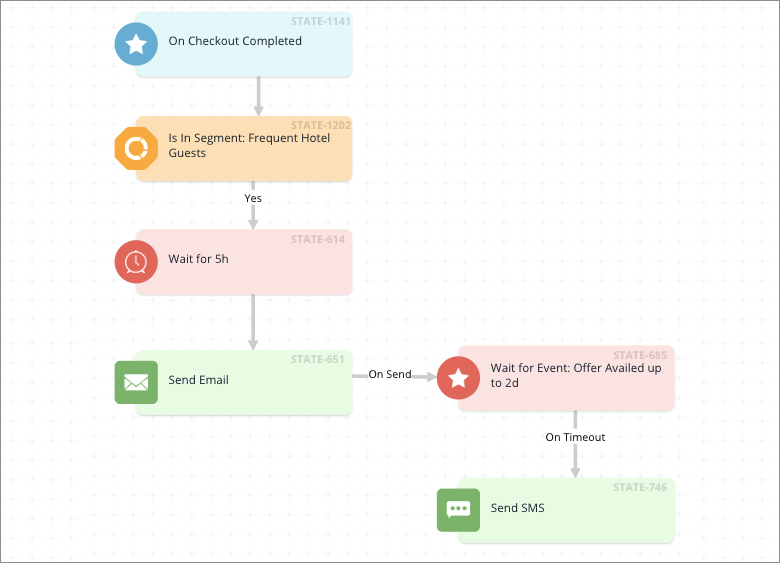
 The Journey will ‘trigger’ or set off when the Event ‘Checkout Completed’ occurs. This means that when a hotel guest successfully checks out of the hotel, the journey will begin for him/her.
The Journey will ‘trigger’ or set off when the Event ‘Checkout Completed’ occurs. This means that when a hotel guest successfully checks out of the hotel, the journey will begin for him/her.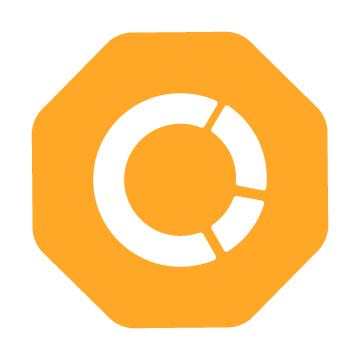 To ensure that the journey only continues for the segment of ‘Frequent Hotel Guests’, adding the ‘Is in Segment’ condition element will take care of that. As mentioned before, the segment contains all the users who have successfully checked-out from the hotel at least 3 times in the past 6 months.
To ensure that the journey only continues for the segment of ‘Frequent Hotel Guests’, adding the ‘Is in Segment’ condition element will take care of that. As mentioned before, the segment contains all the users who have successfully checked-out from the hotel at least 3 times in the past 6 months. Flow controls like ‘Wait for some time’ and ‘Wait for an Event’ regulates the workflow of the journey. While the former delays the Action by a certain time, the latter pauses the flow and executes it if and only if a particular event takes place. Flow Control components can be used to control the delivery time of the marketing collateral to the hotel guests.
Flow controls like ‘Wait for some time’ and ‘Wait for an Event’ regulates the workflow of the journey. While the former delays the Action by a certain time, the latter pauses the flow and executes it if and only if a particular event takes place. Flow Control components can be used to control the delivery time of the marketing collateral to the hotel guests. As discussed earlier, elements like Email (primary channel) and SMS (secondary channel) set off when an event is triggered, condition is met and a wait is complete. The content of both (or any) channel can be hyper-personalized by you. To know more about it, check out this video.
As discussed earlier, elements like Email (primary channel) and SMS (secondary channel) set off when an event is triggered, condition is met and a wait is complete. The content of both (or any) channel can be hyper-personalized by you. To know more about it, check out this video.
Learn How Journey Designer Can Complement Your B2C Business- Schedule a Demo Now





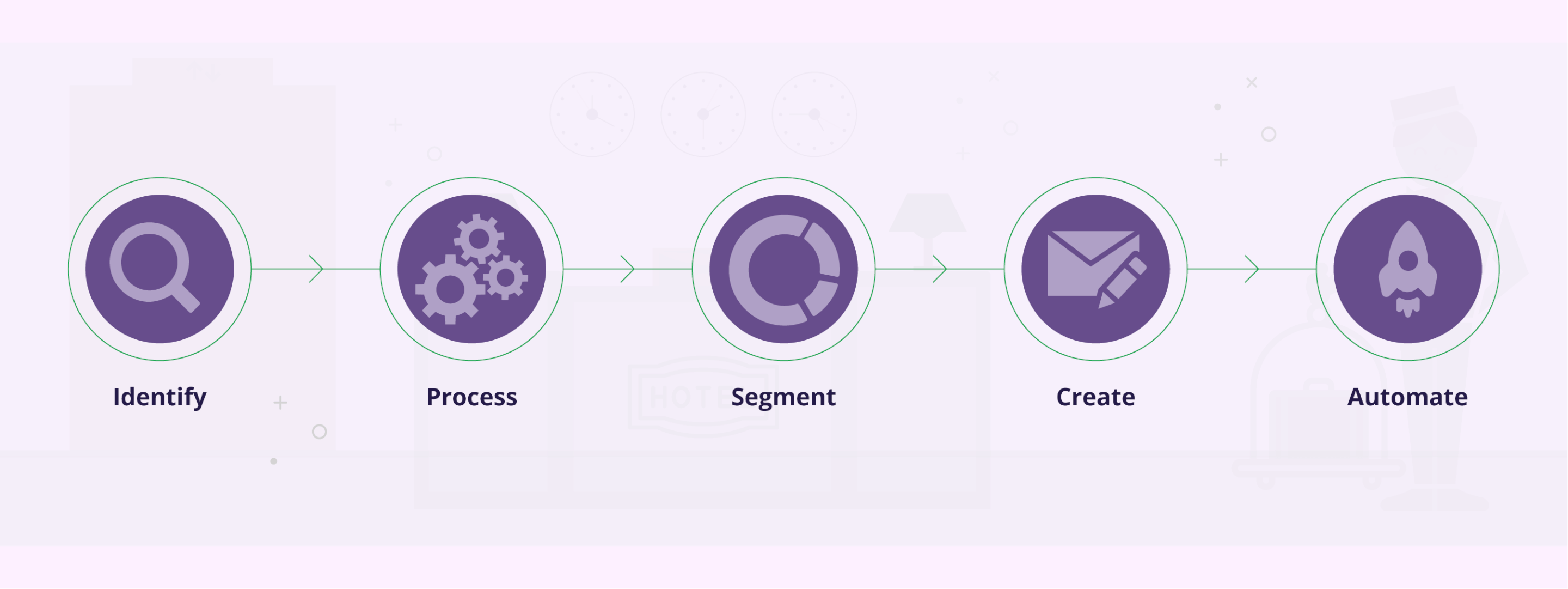

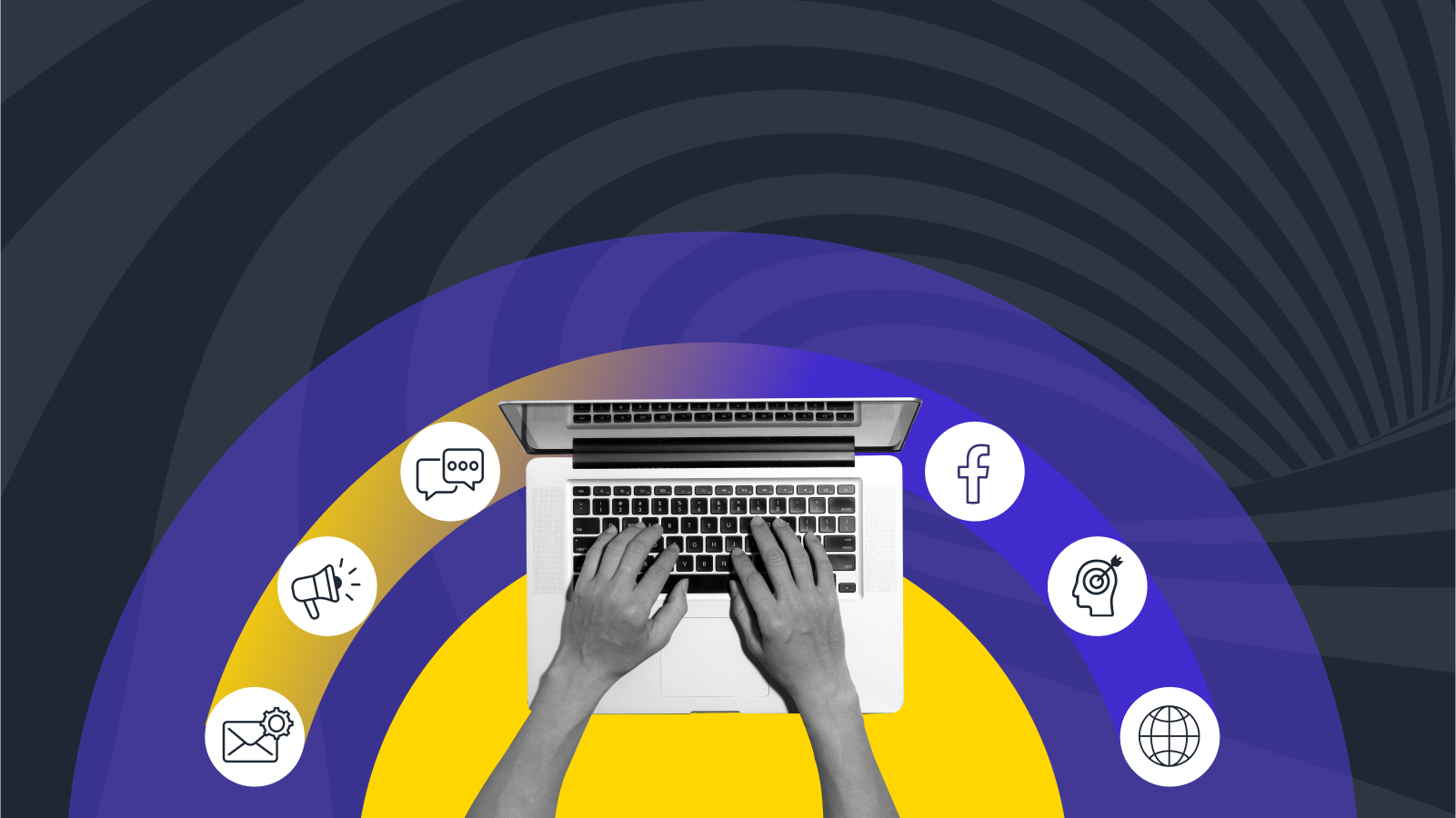
 Sharath Byloli
Sharath Byloli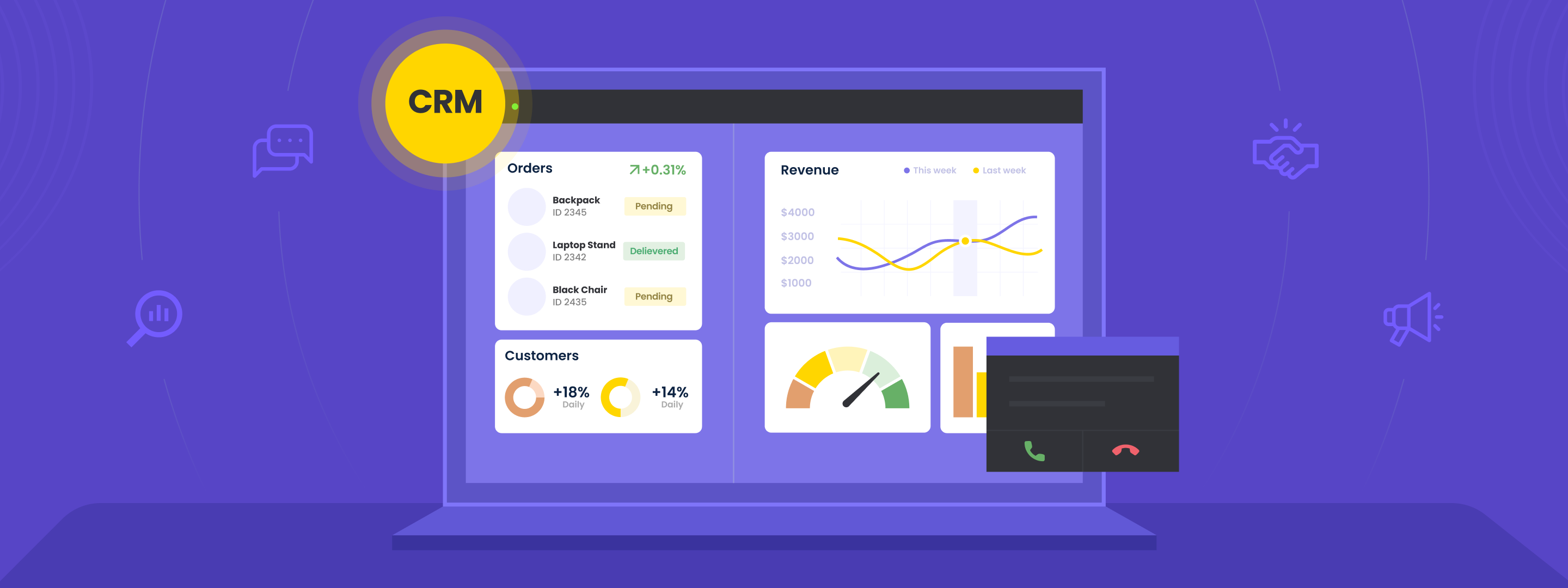

 Diksha Dwivedi
Diksha Dwivedi







